- Auto Test
- Dominic Cundy
- Automotive Testing Expos
- Sagar Bendra
- NATRAX
- National Automotive Test Tracks
India Speeds Up Auto Testing To Meet Global Standards
- By TT News
- March 06, 2025
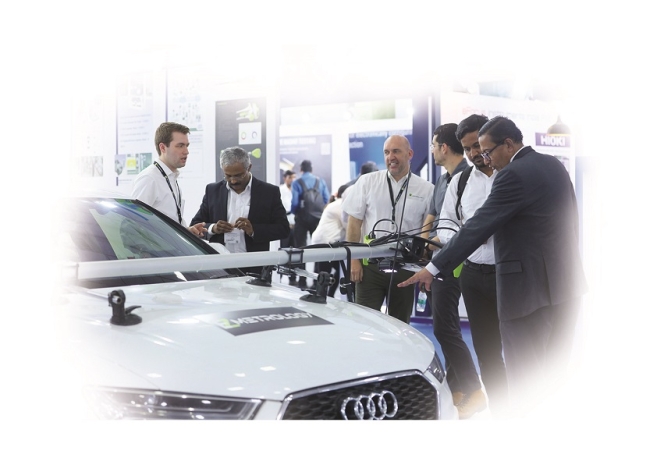
India’s automotive testing sector is dramatically transforming as it races to bridge the gap with global standards while confronting distinctive local challenges. In an extensive interview with Tyre Trends, two industry leaders discuss how India is navigating this critical transition period in its automotive evolution.
Dominic Cundy, Managing Director of Automotive Testing Expos at UKi Media & Events, and Sagar Bendre, Head of Crash Barrier Testing at NATRAX (National Automotive Test Tracks), provide detailed insights into the current state and future trajectory of India’s automotive testing landscape.
UNIQUE CHALLENGES
India’s diverse and extreme climate creates unique testing requirements that set it apart from other major automotive markets. “India’s extreme weather variations, including high temperatures, monsoons and dust-heavy environments, and a wide range of road quality require testing protocols tailored to these unique challenges. OEMs do develop a vehicle considering all these conditions,” Bendre explains.
The pressure to maintain affordability while meeting increasingly stringent standards presents another layer of complexity. “The Indian market’s focus on affordable vehicles puts pressure on manufacturers to minimise testing costs while maintaining compliance with stringent safety and emission standards,” says Bendre.
This balancing act between cost and compliance has become increasingly challenging as India adopts stricter safety and emissions standards.
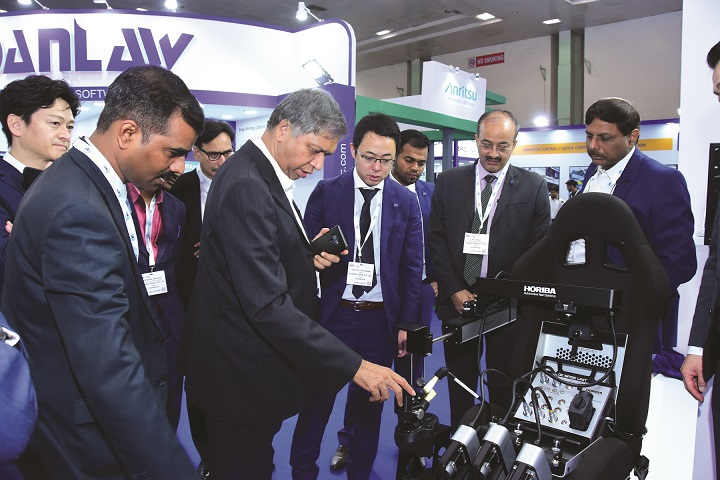
The gap between India’s testing capabilities and those of other major automotive nations stems from multiple factors. Bendre notes that specialised facilities for advanced testing remain limited compared to developed markets. “India lacks sufficient facilities for advanced crash testing, real driving emissions (RDE), EV battery safety and autonomous vehicle testing, which are more established in developed countries,” reveals Bendre.
This infrastructure gap has historical roots. “India’s focus on automotive testing infrastructure began relatively recently compared to countries like Germany, US and Japan, which have decades of advanced R&D and testing experience,” Bendre explains. The rapid pace of regulatory changes has further complicated the situation as testing facilities struggle to meet new requirements.
MARKET EVOLUTION AND INDUSTRY RESPONSE
The growth of India’s automotive testing sector is reflected in the expanding scope of industry events such as the Automotive Testing Expo India. Cundy provides perspective on this evolution: “When the show (Automotive Testing Expo India) was first launched in 2010, it attracted 72 exhibitors and 2,173 visitors. This contrasts with the 2023 figures, with 153 exhibitors and 5,138 visitors.”
 This growth reflects not just increased market size but also growing technological sophistication. To maintain relevance, industry events have had to evolve rapidly. “We maintain constant communication with suppliers to learn about their latest offerings and innovations and encourage exhibitors to prioritise showcasing their newest products during the event. We also partner with industry leaders, influencers and innovators in the region,” Cundy explains.
This growth reflects not just increased market size but also growing technological sophistication. To maintain relevance, industry events have had to evolve rapidly. “We maintain constant communication with suppliers to learn about their latest offerings and innovations and encourage exhibitors to prioritise showcasing their newest products during the event. We also partner with industry leaders, influencers and innovators in the region,” Cundy explains.
The Automotive Testing Expo India organiser partners with startups and emerging brands, which are typically at the cutting edge of innovation and offer the latest products. In addition, their knowledge partner, ARAI, offers valuable insights into the current market demands and challenges.
ELECTRIC VEHICLE IMPACT
The transition to electric vehicles is driving significant changes in testing requirements. Bendre outlines how testing facilities are adapting to this shift, noting increased emphasis on battery safety, thermal management and charging infrastructure compatibility.
Major manufacturers are making significant moves in this space. Cundy highlights recent developments: “Mahindra’s EV initiative includes launching five new EVs on a new platform called INGLO. They are partnering with VW, which is supplying components. Skoda is currently undertaking a big initiative in India, which includes the development of new vehicles in the country.”
SAFETY STANDARDS AND TESTING EVOLUTION
Road safety remains a critical concern driving testing requirements. “There is a big push in India to improve road safety, with Bharat NCAP 2023 launching, because there are still high numbers of road deaths despite advances in technology,” Cundy notes. The limited availability of crash testing facilities has historically forced manufacturers to send vehicles abroad for testing, adding time and expense to the development process.
GOVERNMENT INITIATIVES AND FUTURE DEVELOPMENT
 Government support is crucial in advancing testing capabilities. “Government initiatives like the NATRAX project and private investments will enhance the availability of state-of-the-art testing facilities across the country. NATRAX is developing all future testing, such as ADAS, EV performance, road safety furniture, crash barriers, crash cushions etc.,” Bendre explains.
Government support is crucial in advancing testing capabilities. “Government initiatives like the NATRAX project and private investments will enhance the availability of state-of-the-art testing facilities across the country. NATRAX is developing all future testing, such as ADAS, EV performance, road safety furniture, crash barriers, crash cushions etc.,” Bendre explains.
The implementation of new regulations is driving further development. Bendre points to the implementation of Bharat Stage VI (BS6) and upcoming updates like BS6.2 as key factors increasing demand for sophisticated emissions testing capabilities.
TECHNOLOGY INTEGRATION
The industry is increasingly embracing digital solutions to enhance testing efficiency. “The use of digital twins, simulation tools and AI-driven predictive testing is reducing time and costs for physical prototypes,” Bendre notes. This technological integration is helping bridge the gap between testing requirements and available physical infrastructure.
A critical challenge facing the sector is the shortage of skilled professionals. “A shortage of skilled professionals trained in advanced testing methodologies, particularly for EVs and connected vehicles, hinders the growth of India’s testing ecosystem,” Bendre acknowledges. However, he sees this changing through partnerships with global testing agencies and investments in workforce training, which will help bridge expertise gaps and elevate India’s standing as a global automotive testing hub.
JK Tyre Targets Double-Digit Growth in FY2026, Targets INR 10 Billion CAPEX
- By Nilesh Wadhwa
- August 08, 2025
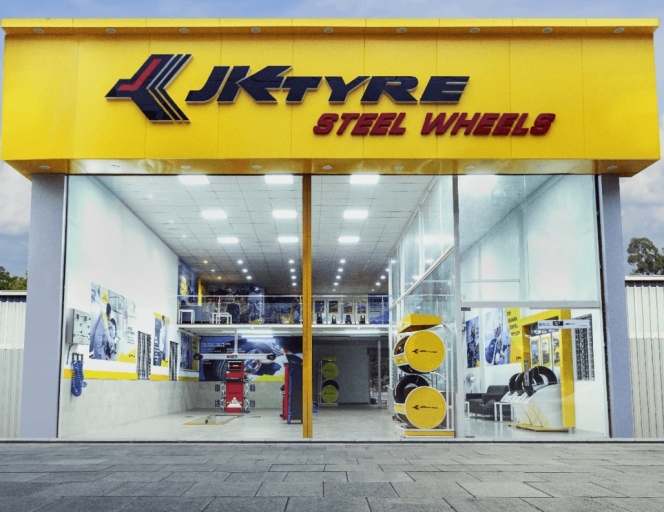
JK Tyre & Industries is aiming for double-digit revenue growth in FY2026, outpacing its forecast for single-digit expansion across the broader tyre industry. Managing Director Anshuman Singhania outlined the company’s ambitions during a post-earnings media call, underscoring confidence in demand recovery and strategic market positioning.
Q1 Performance Overview
For the first quarter of FY2026, JK Tyre reported revenue of INR 38.91 billion, with EBITDA at INR 4.24 billion, translating to a margin of 10 percent. Net profit stood at ₹1.55 billion — up 51 percent compared with the previous quarter, but down 21 percent YoY.
Singhania attributed the annual decline to muted original equipment (OE) demand, particularly in truck and bus radial (TBR) volumes, alongside higher raw material costs compared to the same period last year. He also highlighted an adverse impact from the company’s Tornel business in Mexico, which faced uncertainty due to tariffs on exports from Mexico to the United States, dampening volumes.
Resilience in Domestic and Export Markets
Dr Raghupati Singhania, Chairman and Managing Director, JK Tyre & Industries, said, “The growth momentum in domestic markets remained robust in Q1, with JK Tyre clocking a sales growth of 11 percent YoY, as contributed by a steady demand for our products in both replacement as well as OE segments, underscoring JK Tyre’s continued focus on core growth drivers and strengthening market presence.”
“Despite a challenging and uncertain macro-economic environment, exports of passenger car tyres witnessed a strong traction both on QoQ and YoY basis, signifying pull for our products and enhanced brand perception in the global markets,” said Dr Singhania.
Operational efficiencies and strategic pricing supported performance, even as natural rubber prices remained elevated. Subsidiaries Cavendish (India) and Tornel (Mexico) continued to contribute significantly to the group’s consolidated financials.
Operational efficiencies and strategic pricing supported performance, even as natural rubber prices remained elevated. Subsidiaries Cavendish (India) and Tornel (Mexico) continued to contribute significantly to the group’s consolidated financials.
Regarding trade tensions between India and the US, Anshuman Singhania noted that exports from India to the US account for only around 3 percent of JK Tyre’s revenue and could be redirected to markets such as Mexico, Latin America, Brazil and the UAE if required. With zero tariffs in Mexico, JK Tyre can utilise its production base there to meet demand for both passenger and truck radials. The EU and UK, where JK Tyre holds a strong position in the TBR segment, also remain tariff-free.
Capacity expansion
The company’s INR 14 billion capital expenditure plan is progressing on schedule, covering passenger car radial (PCR), TBR and all-steel truck radial projects. For the year, investment is expected to total INR 9-10 billion, aimed at boosting production capacity by 30-40 percent.
A key driver for future profitability is the shift towards premium products. The share of 16-inch and above passenger car tyres in JK Tyre’s portfolio has grown from 18 percent in FY2020 to 25 percent in FY2025, with a target of 40-45 percent over the next two to three years. This change is being fuelled by rising SUV sales, larger rim sizes in entry-level cars and strong export demand.
The company has also developed a complete range of tyres for electric vehicles, spanning commercial truck radials, bus tyres, passenger radials and two/three-wheeler tyres Major OEMs such as Ashok Leyland’s Switch Mobility and Tata Motors are sourcing these products, including for last-mile connectivity vehicles and newly launched EV buses.
Market Outlook
The replacement market has been a bright spot, with passenger radial volumes up 32 percent year-on-year and truck radial volumes growing in the high single digits. JK Tyre expects demand to strengthen in the second half of FY2026, supported by infrastructure development, a favourable monsoon, potential interest rate cuts, and improved consumer liquidity.
Anshuman Singhania stressed that the worst of raw material price pressures appear to be over, paving the way for margin improvement as the product mix shifts and capacity utilisation rises. With the small car segment’s gradual decline offset by growth in premium categories, JK Tyre remains confident in sustaining momentum.
“Overall, India is poised for growth,” Singhania concluded. “We see positives across the board — from infrastructure push to evolving consumer preferences — and we are well-positioned to capitalise on these trends.”
Yokohama Rubber begins OE tyre supply for BYD’s SEALION 6 DM-i SUV in China
- By TT News
- August 07, 2025
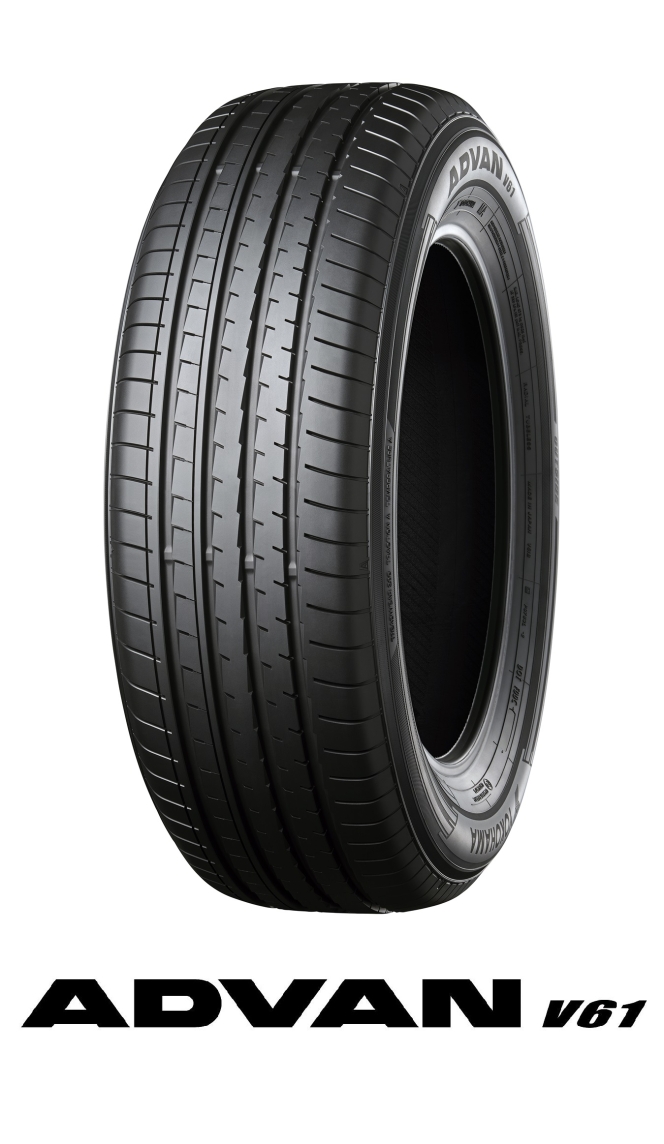
Yokohama Rubber has begun supplying its ADVAN V61 tyres as original equipment for BYD’s new SEALION 6 DM-i SUV, marking the Japanese manufacturer’s first OE partnership with the Chinese carmaker.
The SEALION 6 DM-i, a plug-in hybrid SUV launched by BYD Company Ltd. this July, is being factory-fitted with 235/50R19 103V size ADVAN V61 tyres. The announcement comes as Yokohama seeks to grow its footprint in China’s fast-evolving electric and hybrid vehicle market.
The ADVAN V61 is part of Yokohama’s global flagship ADVAN range and is positioned as a premium SUV tyre. The company said the tyre “offers ADVAN’s hallmark premium-grade driving performance, along with a high-level balance of fuel and energy efficiency, handling stability, and quietness, achieving both comfortable city driving and long-distance touring for heavyweight SUVs.”
The SEALION 6 DM-i combines a 1.5-litre naturally aspirated petrol engine producing up to 74kW with an electric motor generating 160kW. Buyers can choose between 18.3 kWh and 26.6 kWh blade battery options, offering electric driving ranges of 93km and 130km, respectively. All models come equipped with advanced driver assistance systems as standard, and the exterior design draws inspiration from the concept of “ocean aesthetics.”
Sumitomo Rubber’s Tyre Unit Clears Japan Antitrust Probe With Commitment Plan
- By TT News
- August 07, 2025
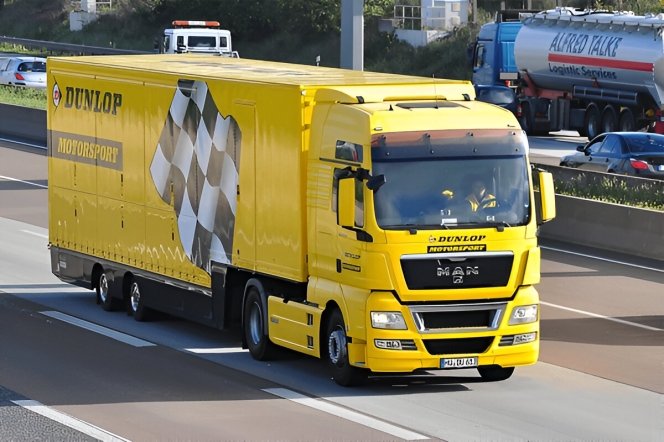
Sumitomo Rubber Industries Ltd said its subsidiary Dunlop Tyre Japan Ltd has completed a Japan Fair Trade Commission investigation into automotive all-season tyre sales after the regulator approved a commitment plan submitted by the unit.
The probe, which examined the subsidiary’s sales practices, concluded without the commission identifying any violation of Japan’s Antimonopoly Act, Sumitomo Rubber said in a statement.
Under Japan’s commitment procedures, companies can submit plans to address potential competition concerns without admitting wrongdoing, allowing them to resolve investigations while avoiding formal sanctions.
"We deeply apologise for the great trouble and anxiety that we have caused to all concerned, including our clients and business partners,” the tyre maker said.
Bekaert Warns Of Weakening Demand As Tariffs And FX Weigh On Outlook
- By TT News
- August 04, 2025

Belgian steel wire maker Bekaert reported resilient first-half 2025 earnings as strong cash generation and cost control offset softer sales, but warned that tariffs and currency pressures are weighing on demand.
The company posted consolidated sales of €1.9 billion, down 5.2 percent year-on-year, with volumes declining 2.6 percent and price/mix effects stripping out a further 2.2 percent. Underlying EBIT slipped 16.2 percent to €171 million, delivering a margin of 8.8 percent compared with 9.9 percent a year earlier.
Free cash flow surged to €123 million from €43 million in the prior-year period, driven by a €135 million reduction in working capital and €21 million in cost savings as the company continued to streamline operations and rein in capex. Net debt fell to €327 million from €399 million despite a continuing €200 million share buyback programme, €74 million of which has been completed.
“We have continued to focus on what we can control best – cash flow and costs - and have significantly reduced overheads and working capital in H1 2025,” chief executive Yves Kerstens said. “Equally, I am very pleased with the hard work of our teams fighting for volumes in the current challenging markets.”
He added: “We are also taking further steps to make our business units more autonomous and agile. Therefore, I am very confident that we will come out of the current business environment stronger and more cost competitive than ever before.”
Bekaert said volumes were particularly strong in its Steel Wire Solutions and Rubber Reinforcement divisions in the United States and China, while European and Latin American demand lagged. Its Brazilian joint ventures delivered €24 million in net profit share, up from €20 million a year ago.
However, the group cautioned that growing trade tensions – including a rise in US steel tariffs from 25 percent to 50 percent – and the weakening of the US dollar and Chinese yuan against the euro were eroding pricing power and softening orders.
“Following a period of resilience in Q2, the tariff uncertainty and weakening economic outlook has started to have an impact on demand,” Bekaert said.
The company now expects slightly lower full-year 2025 sales on a like-for-like basis, with an underlying EBIT margin of between 8.0 percent and 8.5 percent, down from 8.8 percent in the first half.


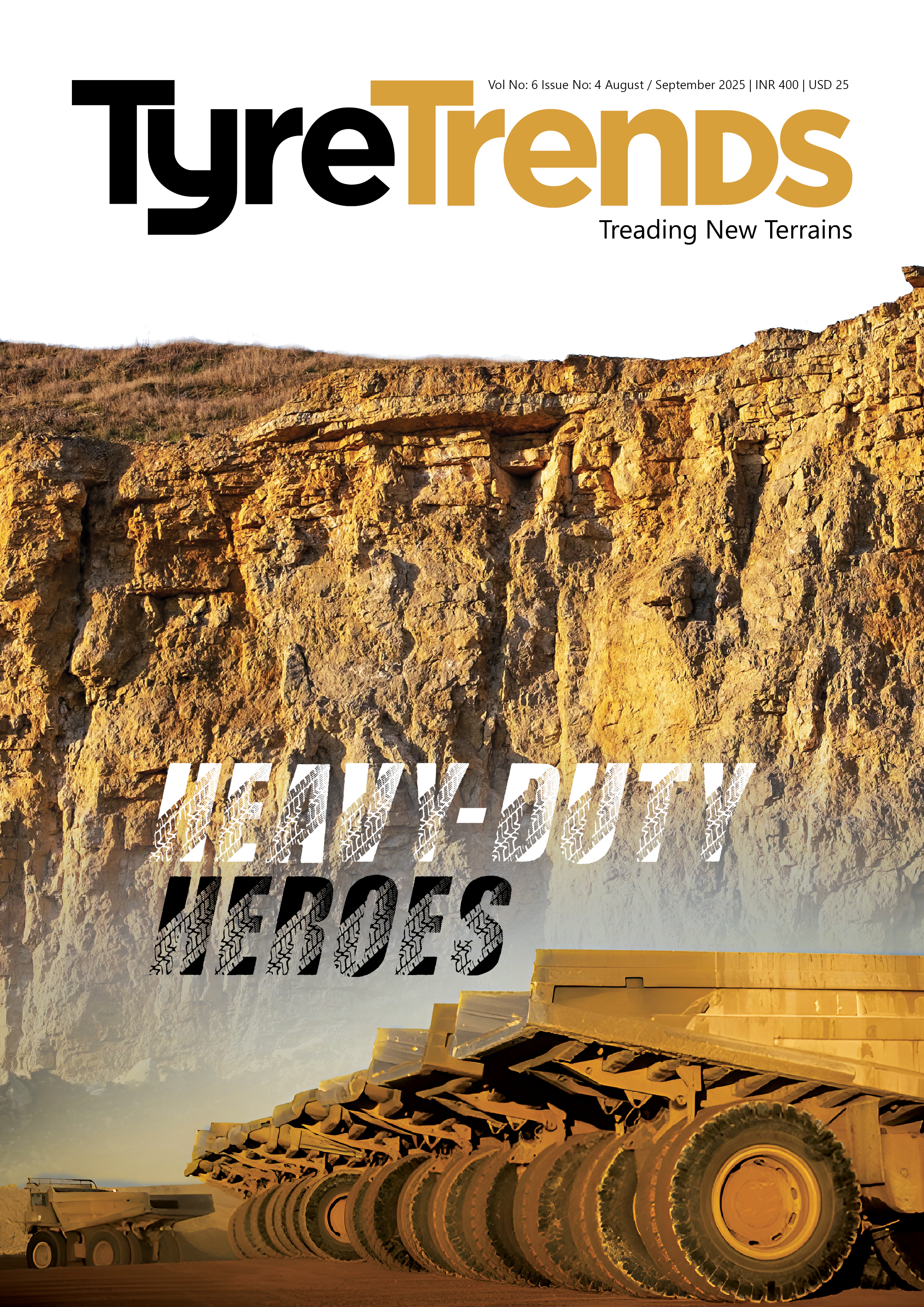

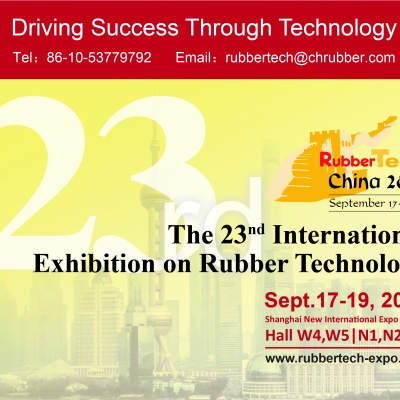
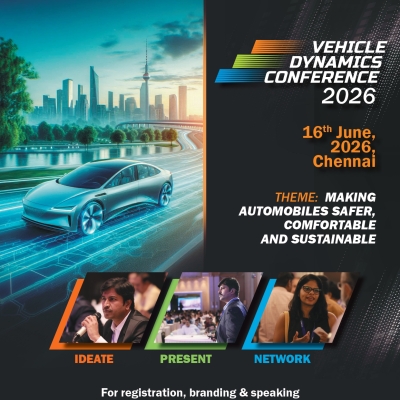
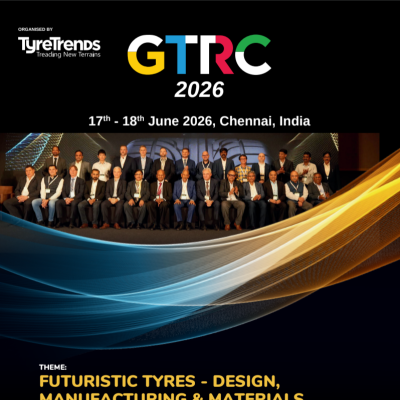
Comments (0)
ADD COMMENT